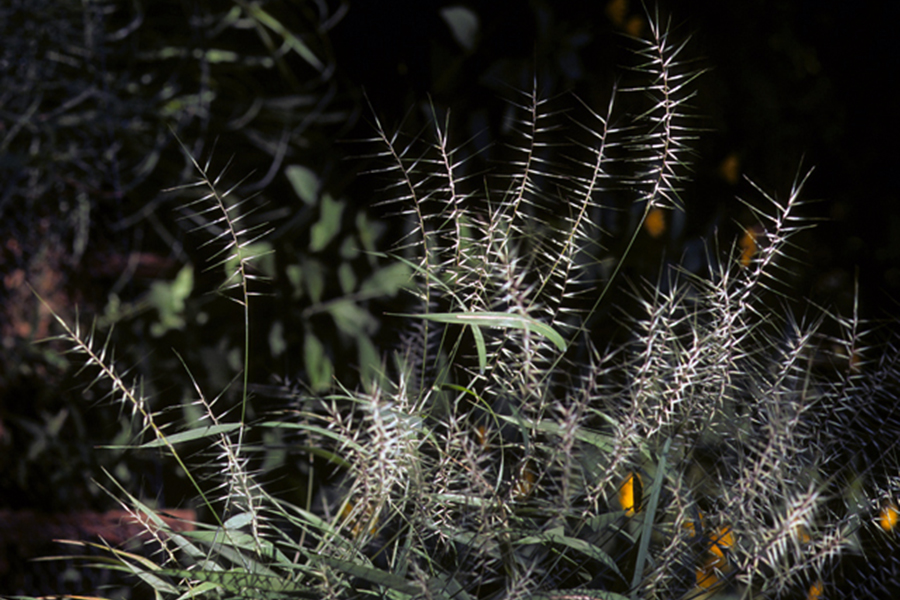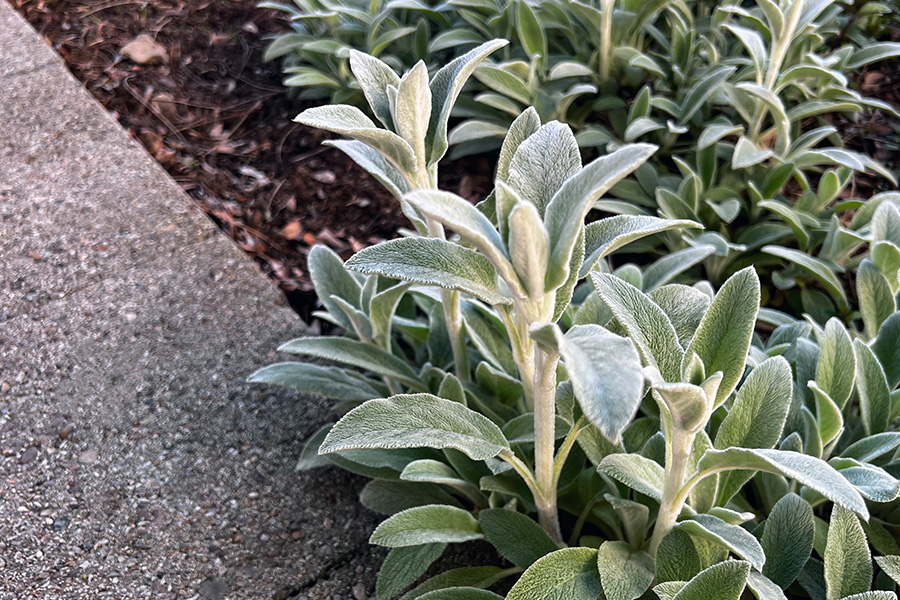Ground Covers
-

This publication describes and illustrates 48 grasses and 10 sedges native to Georgia. It is not the intent of the authors to
describe all native grasses and sedges, but those that are most widespread or those having practical application for wildlife
habitats, erosion control, restoration projects or landscape culture. A few of the plants are noted as being weedy or
invasive and may not be appropriate for use in cultivated landscapes. Nonetheless, they are included to assist the reader in
identifying them because they are abundant in the wild.Bodie V. Pennisi
|
-

C 928
Ground Covers
Ground covers have many practical uses. Some can be used to control erosion when planted on slopes or banks. Others are effective lawn substitutes in areas that are too shady to support the growth of grasses or areas that are difficult to mow. Densely growing ground covers also effectively control weeds by blocking light from reaching the ground. Some ground covers can be used as attractive accents in areas too narrow to accommodate shrubs. One of the most common reasons for using ground covers is to reduce costly and
time-consuming maintenance, such as mowing, edging, trimming and mulching.Bodie V. Pennisi
|
-

B 737
Growing Ferns
This publication discusses everything you need to know about ferns: life span, growing, watering, potting, needs, and varieties.
Bodie V. Pennisi
|
-

This circular discusses the most common ground covers, both native and non-native plants, that are suitable for culture in North Georgia landscapes in shaded areas.
Bodie V. Pennisi and Nathan Eason
|